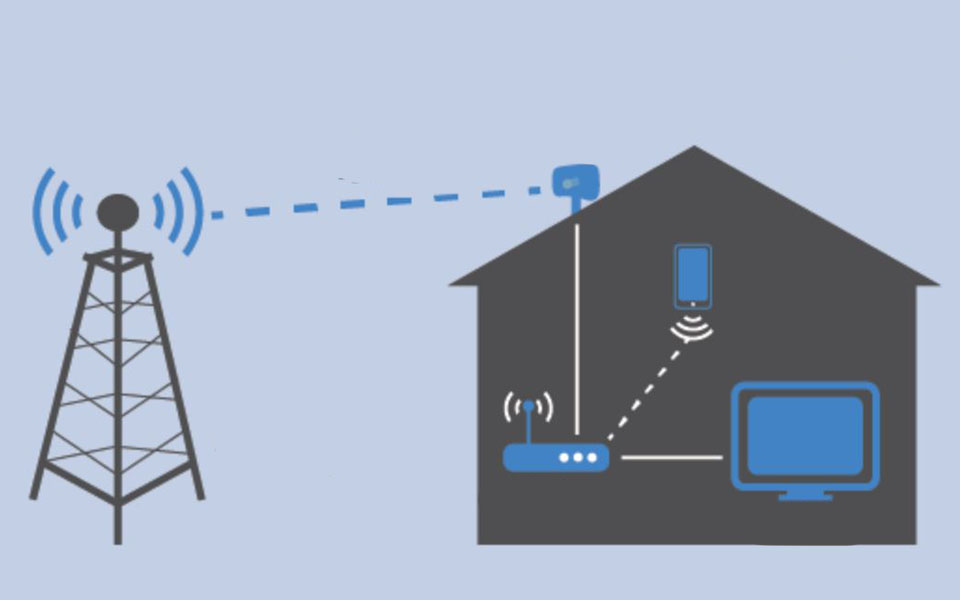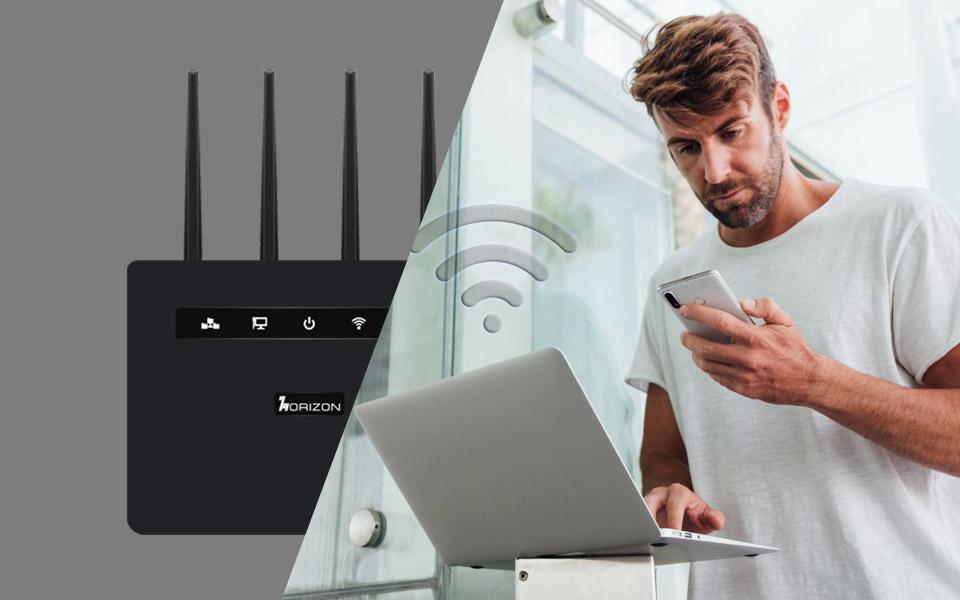How Fixed Wireless Internet Antennas Compare to Traditional Broadband: Pros and Cons
In an increasingly digital world, a reliable, high-quality internet connection is of high importance for swift communication, rapid data transfers and cloud-based applications. As a result, businesses have to closely evaluate the variety of internet options available to them. Two contenders in this realm are fixed wireless internet and traditional broadband. We will explore the main distinction between these choices and which option emerges as the preferred choice for businesses seeking best-in-class connectivity solutions.

Understanding the Distinction
Fixed Wireless Internet:
This innovative technology utilizes wireless signals between a base station and fixed locations. Unlike traditional methods such as cable, fibre, or DSL, this connection is direct. Fixed wireless internet antennas service does not require extensive traditional wired infrastructure, making it a viable option for remote and underserved areas.
Traditional Broadband:
This internet service makes use of wired infrastructure to transmit data. The most common examples of this type of connection are DSL, cable or fibre-optic connections. While traditional broadband offers widespread coverage, it often requires substantial infrastructure investments which are time-consuming.
Benefits of Fixed Wireless Internet for Business
- Speed and Reliability: Fixed Wireless Internet that harnesses the power of 5G technology can deliver outstanding speeds compared to traditional broadband options. Businesses can benefit from high-speed data transfer, seamless communication and cloud-based operations. Additionally, Fixed Wireless internet service utilizes wireless signals transmitted over fixed points making them less prone to physical disruptions.
- Fast Deployment: Fixed wireless internet service does not require wiring and infrastructure adjustments. Businesses that need seamless connectivity solutions in rural or underserved areas can take advantage of the quick setup, making it a more efficient and lucrative option.
- Scalability: Disruptions can cost a business heavily but with Fixed Wireless Internet, businesses can scale their networks with zero downtime.
- Flexibility: Fixed Wireless Internet demonstrates versatility in its applicability, effectively serving both urban and suburban areas by bridging connectivity gaps in areas where traditional broadband might be challenging to implement.
- Business-Grade Performance: Fixed Wireless internet service is the perfect solution for businesses that deliver low latency, high uptime, and dedicated connections, ensuring optimal performance for decisive business tasks.
Challenges and Limitations of Fixed Wireless Internet
Line-of-Sight Requirements
Fixed Wireless Internet Antennas rely significantly on line-of-sight connections between the base station and customer premise equipment. Clear, unobstructed paths between these points are essential for optimal performance. However, buildings, trees and other physical structures can create hindrances, resulting in weak signal strength. On the hillside, the terrain can become a barrier in the reach of LOS and require additional infrastructure planning. Moreover, the optimal range of LOS connections is limited. Beyond this range, the signal quality is likely to decline.
Susceptibility to Weather Conditions
Weather conditions such as heavy rainfall and atmospheric interference can have a negative impact on fixed wireless internet performance. users residing in areas with frequent rainfalls may complain of service disruptions and weak signal strength. Similarly, atmospheric refraction may cause signal scattering leading to signal distortion.
Potential Interference Issues
In densely populated areas, interference from other wireless devices and networks, especially those operating on the same frequency, can impact the performance of fixed wireless internet antennas. This type of interference is likely to cause reduced data speeds and weak performance.
Bandwidth and Speed Constraints
When there are multiple users on the same fixed internet network, the available bandwidth gets divided between users. This is likely to cause reduced speeds during peak hours. Some FWI technologies in lower frequency bands may have inherent limitations in data throughput compared to high-speed fibre optics.
Why Choose Horizon Powered for Fixed Wireless Connectivity
When it comes to selecting a network provider for Fixed Wireless Internet, you want to find the right provider that is reputable and reliable. With a proven track record of delivering business-grade connectivity, Horizon Powered offers the following advantages:
Robust Infrastructure: Horizon Powered’s premier infrastructure is designed to provide seamless Fixed Wireless Internet connections, enabling businesses to harness high-speed and dependable connectivity.
Expertise: Horizon Powered brings a wealth of expertise in deploying Fixed Wireless solutions tailored to business requirements. Our technical proficiency ensures a smooth installation and optimised performance.
Custom Solutions: Horizon Powered understands that each business has unique connectivity needs. We offer customized solutions to match these needs, ensuring that businesses receive the connectivity they require to thrive.








